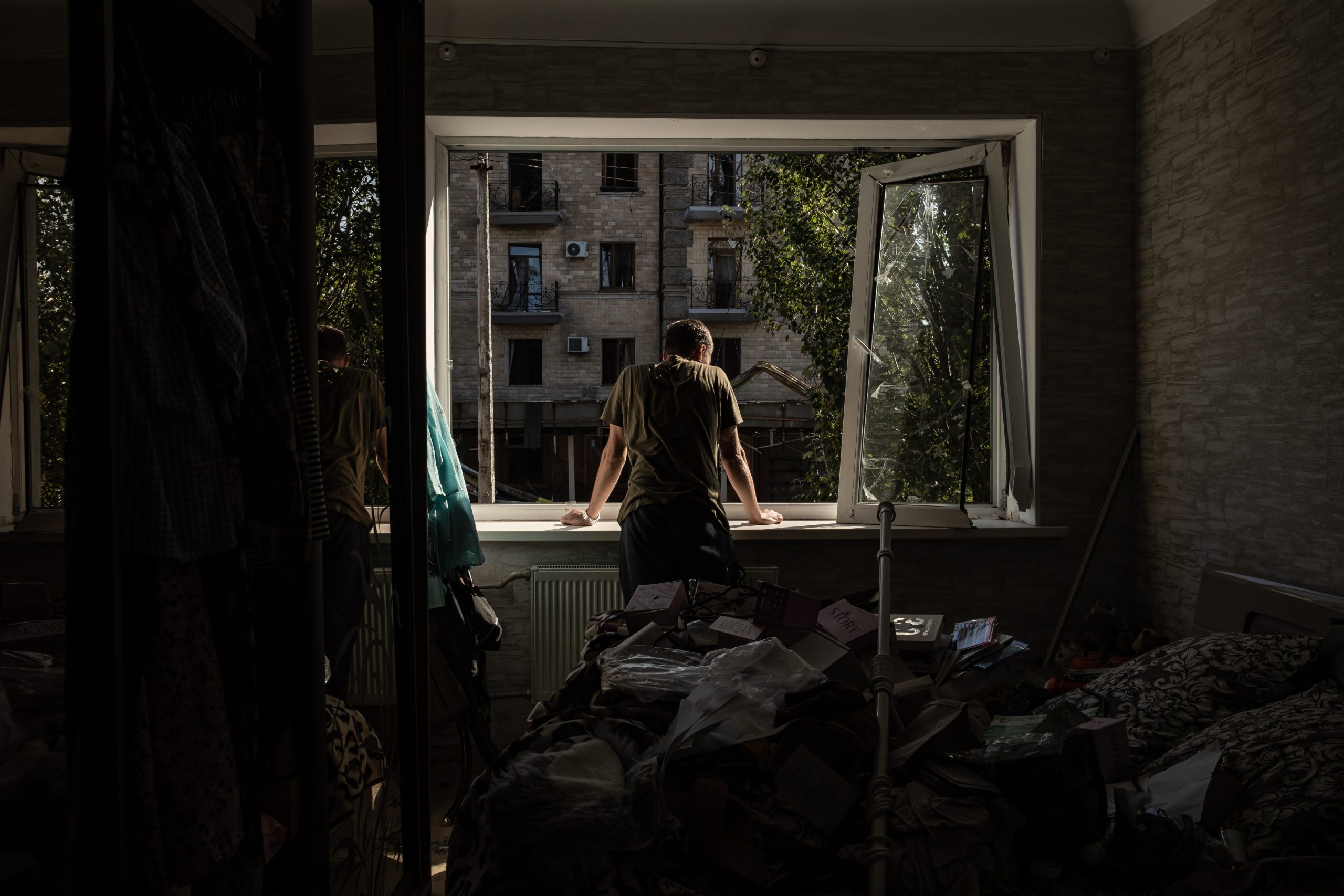The seemingly endless conflict in Ukraine has become a frustrating stalemate, defying predictions and timelines offered by various political figures and analysts. The war’s duration has surpassed initial expectations, leading to a growing sense of uncertainty about its potential resolution. This article explores the complexities that contribute to the protracted nature of the conflict, examining political maneuvering, military realities, and the human cost involved.
The Shifting Sands of Political Will
The conflict’s timeline has been punctuated by pronouncements from influential figures, most notably former President Donald Trump, who repeatedly predicted decisive shifts in the conflict within short timeframes, only to see these predictions fail to materialize. These pronouncements, while capturing headlines, highlight the volatile and unpredictable nature of international relations and the difficulties in accurately gauging the motivations and actions of key players like Vladimir Putin. Trump’s repeated assertions of impending actions against Russia, each followed by a lack of significant follow-through, underscore the limitations of publicly setting arbitrary deadlines in such a complex geopolitical scenario. The lack of a unified, internationally enforced timeline for de-escalation further complicates matters, with each party’s individual political considerations influencing the pace of negotiations, if any occur at all.
Military Stalemate and Strategic Implications
On the ground, the war has evolved into a grinding conflict characterized by trench warfare and attritional fighting. Neither side has achieved a decisive military victory, leading to a prolonged stalemate. This protracted conflict has significant strategic implications, not only for Ukraine and Russia but also for the broader geopolitical landscape. The constant flow of military aid to Ukraine, coupled with Russia’s ongoing military operations, continues to escalate the human and economic costs of the war. The resulting instability directly impacts global food security and energy markets, creating ripple effects across the international community.
The Human Toll and the Path Forward
Beyond the strategic and political considerations, the human cost of the conflict remains staggering. The displacement of millions of Ukrainians, the destruction of infrastructure, and the countless lives lost represent a profound tragedy. This human cost often becomes sidelined in political debates, yet remains the most crucial element in understanding the war’s devastating reality. Finding a path to resolution will require not only political will and diplomatic efforts but also a concerted international commitment to address the humanitarian crisis and facilitate a just and lasting peace. The lack of a clear, concise end in sight underscores the necessity for renewed diplomacy and a focus on long-term solutions, rather than short-term predictions.
Conclusion:
Predicting the end of the Ukraine war remains a perilous endeavor. While pronouncements of imminent resolutions may garner attention, the reality is a far more complex interplay of military, political, and humanitarian factors. The absence of a clearly defined timeline is not necessarily a sign of inaction but rather a reflection of the multifaceted nature of this ongoing conflict. A lasting solution necessitates a shift from short-term predictions to a sustained commitment to diplomatic engagement and a focus on the enduring human cost of the war. The international community must prioritize long-term strategies that address the underlying causes of the conflict and pave the way for a sustainable peace.
Based on materials: Vox





